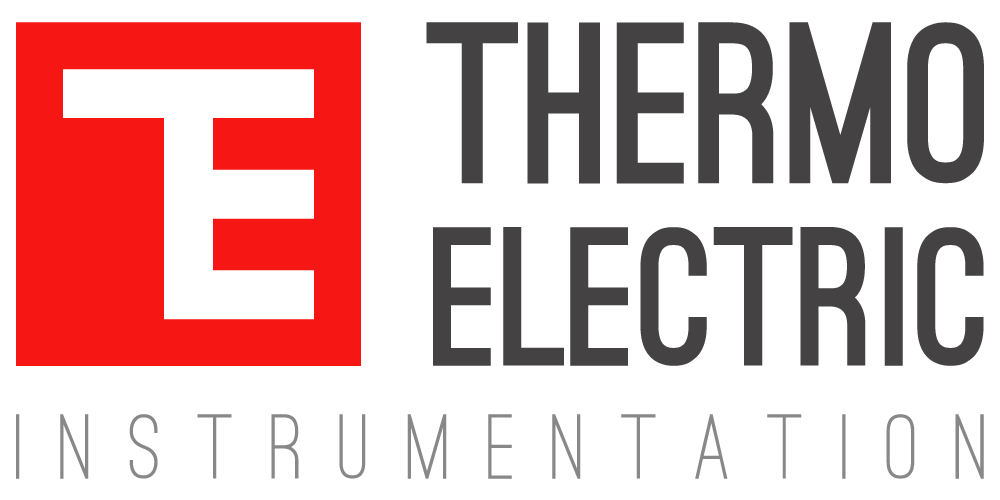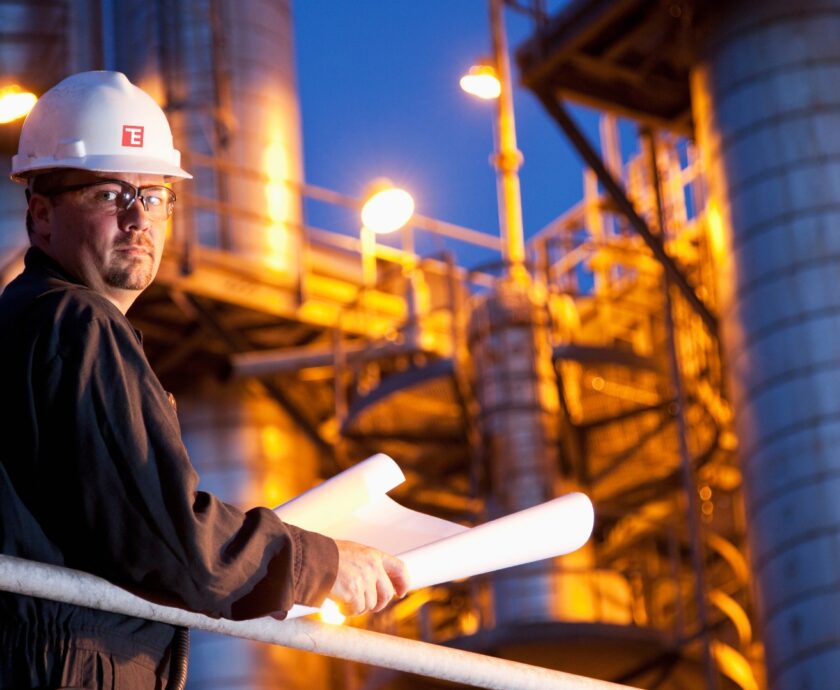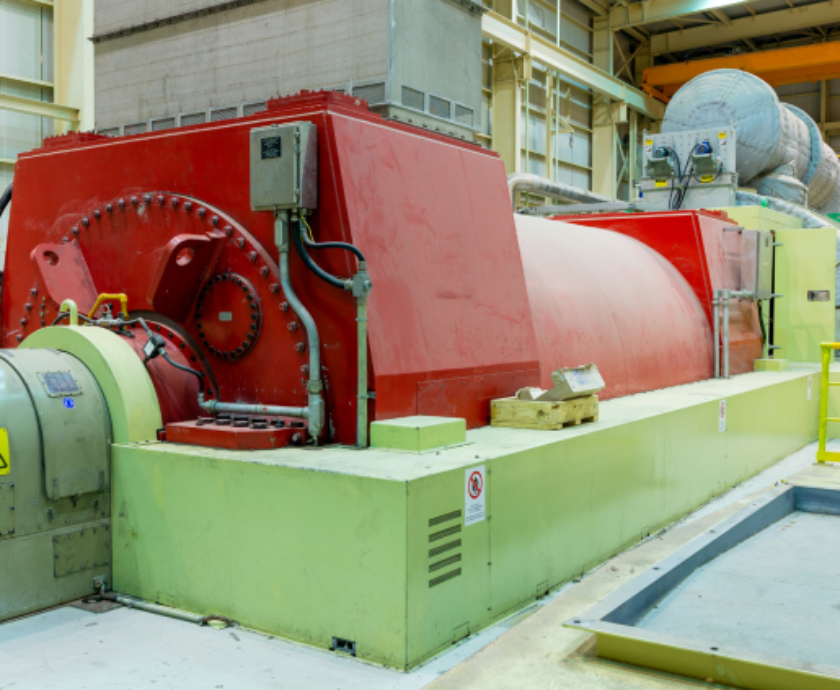Temperature is the most frequently measured variable across process industries, but its impact extends far beyond simple control loops. From chemical reactors to turbine exhaust systems, every degree of accuracy can reduce fuel consumption, lower emissions, and prevent costly unplanned shutdowns. As sustainability goals become more demanding, companies are realising that dependable, well-designed temperature instrumentation is no longer just a maintenance concern; it’s a key driver of environmental and operational performance. Three core focus areas demonstrate this point.
1 | Precision that pays: lower energy use and fewer emissions
Running a process even a few degrees off its ideal point wastes heat and invites rework. Highly accurate temperature sensors, whether that’s platinum RTDs for bioreactor or thermocouples welded to furnace tube skins, feed control loops with data fine enough to trim excess fuel and tighten product spec.
Where the gains appear
- Fired heaters and boilers. Tube-skin or flue-gas sensors with ±0.2 °C accuracy let operators fire closer to the theoretical minimum stack oxygen. Every 10 °C shaved from stack temperature translates into about a 1% efficiency bump and a matching CO₂ reduction.
- Distillation columns. High-resolution temperature profiles along the trays help optimise reflux ratios. The payoff is not only energy saved in the reboiler but also sharper separation, meaning fewer off-spec blends.
- Gas turbines. Precise exhaust measurements guide inlet guide-vane adjustments, keeping the machine at its most efficient firing temperature across ambient swings.
Planned replacement beats emergency trips, keeping efficiency high and avoiding the flaring or venting that often accompanies an unplanned upset.
2 | Safer measurement, smaller risk: advances in thermowells and non-intrusive sensors
Traditional insertion assemblies place the sensing element inside a thermowell. The well forms a pressure-tight barrier but also pierces the pipe wall, creating a potential leak path. Worse, if the well vibrates at its natural frequency, a phenomenon known as vortex-induced vibration (VIV), it can fatigue and snap. A failed thermowell can release high-temperature or toxic media, posing both safety and environmental hazards.
Here’s how to tackle those risks head-on.
- Helical-strake thermowells feature a shallow spiral machined into the stem. The strake disrupts the vortex street, cutting vibration amplitude by up to 90%. Plants can maintain full flow velocity without oversizing the well or throttling the line.
- Twisted-square and other VIV-resistant profiles raise the natural frequency while lowering drag. These shapes help meet the ASME PTC 19.3 TW-2016 wake-frequency limits even in high-velocity gas service.
- Surface-mounted solutions can eliminate the pressure penetration altogether. Because no insertion is required, the risk of leaks, corrosion, or vibration failure disappears, and installations can proceed without a shutdown.
Material choices matter, too. Inconel® and Hastelloy® resist hot sour gas; titanium or PFA-lined wells endure aggressive acids. Following the PTC 19.3 standard for both geometry and metallurgy ensures long service life, fewer replacements, and less scrap metal headed to landfill.
3 | A circular approach: designing, building, and re-using sensors responsibly
Sustainability also lives in the supply chain. The most eco-efficient sensor is one that lasts longer, uses responsible materials, and is refurbished rather than discarded.
Durable by design
Premium probes use high-purity platinum, creep-resistant alloys, and ceramic insulators sintered in clean-room conditions. These ingredients cost more up front but slow drift and resist corrosion, deferring replacement for years. When a sensor finally reaches end-of-life, many parts, such as stainless sheaths or ceramic protection tubes, can be bead-blasted, inspected, and rebuilt with fresh elements. Re-manufacturing in this way cuts the embodied energy and raw-material demand compared with buying new assemblies.
Production with a lighter touch
Instrument manufacturers are adopting renewable electricity, water-loop cooling, and closed-loop grit-recycling in their plants. ISO 14001 management systems track waste streams and set targets, for example, 95% recycling of scrap wire and spent ceramics. Some suppliers commit to sourcing cardboard and wooden packing crates from certified sustainable forests, ensuring the green benefit is not lost between the factory and the site.
Lifecycle tracking via diagnostics
Smart transmitters extend the circular philosophy into operation. By recording maximum-minimum temperature, vibration exposure, and hours in service, they build a digital passport for each sensor. Maintenance crews can identify which probes truly need replacement and which can be refurbished, avoiding precautionary scrapping. Early warning of thermocouple degradation, before the junction opens, prevents sudden trips, further reducing unplanned energy dumps and emissions.
Putting the strategy to work
A sustainable temperature-sensing programme rests on three pillars:
- Process optimisation: Invest in high-accuracy sensors and digital transmitters that feed advanced control. The energy you do not burn is the cleanest kind.
- Risk-aware hardware: Choose thermowell geometries and materials that survive today’s flow conditions, and tomorrow’s, without leaks or failures.
- Circular lifecycle: Specify durable materials, require suppliers to follow responsible manufacturing practices, and set up refurbishment pathways supported by smart-device diagnostics.
None of these steps demands a wholesale plant overhaul. Start with the most energy-intensive heater, the highest-risk pipe run, or the sensor replacement programme with the biggest scrap pile. Each upgrade pays back in reduced fuel, avoided downtime, and positive sustainability metrics, proof that precise temperature measurement is as much an environmental tool as it is a process one.
Wrapping Up
Sustainable operation is often portrayed as a large-scale, capital-intensive undertaking. Yet one of its most powerful enablers is remarkably small: a temperature sensor that is correctly specified, precisely calibrated, and designed with safety and circular principles will help industries to meet production goals while steadily reducing their environmental impact.
